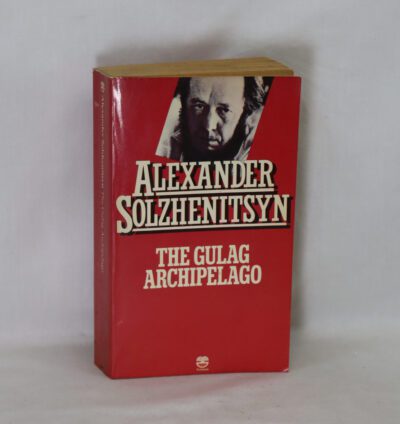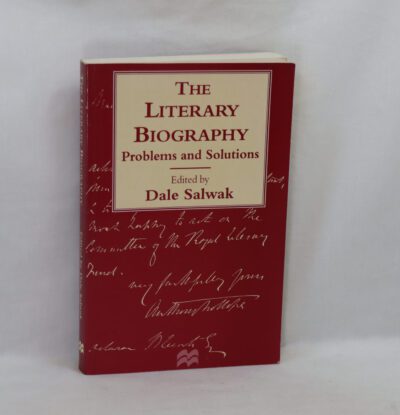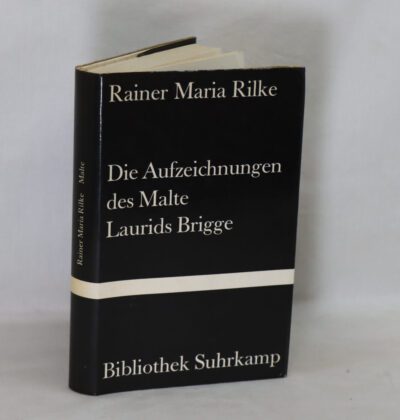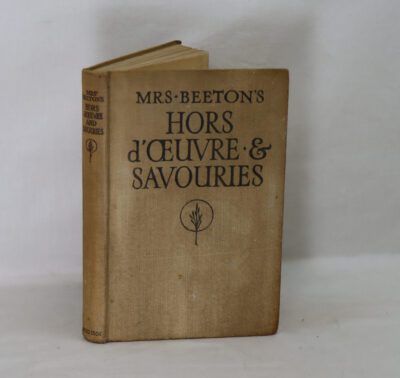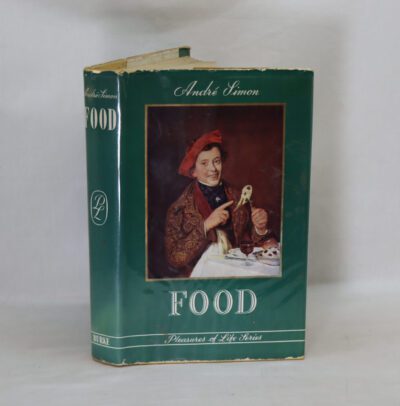The Life of the Admiral Christopher Columbus.
Printed: 1960
Publisher: Folio Society. London
| Dimensions | 16 × 26 × 3 cm |
|---|---|
| Language |
Language: English
Size (cminches): 16 x 26 x 3
Condition: Fine (See explanation of ratings)
Item information
Description
In a fitted box. Cream calf embossed spine with green title plate and gilt lettering. Brown wood effect paper boards.
It is the intent of F.B.A. to provide an in-depth photographic presentation of this book offered so to almost stimulate your feel and touch on the book. If requested, more traditional book descriptions are immediately available.
The cornerstone of the history of the American continent.” ― Washington Irving
Between 1492 and 1504, Italian explorer Christopher Columbus led four Spanish transatlantic maritime expeditions of discovery to the Americas. These voyages led to the widespread knowledge of the New World. This breakthrough inaugurated the period known as the Age of Discovery, which saw the colonization of the Americas, a related biological exchange, and trans-Atlantic trade. These events, the effects, and consequences of which persist to the present, are sometimes cited as the beginning of the modern era.
Born in the Republic of Genoa, Columbus was a navigator who sailed for the Crown of Castile (a predecessor to the modern Kingdom of Spain) in search of a westward route to the Indies, thought to be the East Asian source of spices and other precious oriental goods obtainable only through arduous overland routes. Columbus was partly inspired by 13th-century Italian explorer Marco Polo in his ambition to explore Asia and never admitted his failure in this, incessantly claiming and pointing to supposed evidence that he had reached the East Indies. Ever since, the islands of the Caribbean have been referred to as the West Indies.
At the time of Columbus’s voyages, the Americas were inhabited by Indigenous Americans. Soon after first contact, Eurasian diseases such as smallpox began to devastate the indigenous populations. Columbus participated in the beginning of the Spanish conquest of the Americas, brutally treating and enslaving the natives in the range of thousands.
Columbus died in 1506, and the next year, the Americas were named after Amerigo Vespucci, who realized that these continents were a unique landmass. The search for a westward route to Asia was completed in 1521, when another Spanish voyage, the Magellan-Elcano expedition sailed across the Pacific Ocean and reached Southeast Asia, before returning to Europe and completing the first circumnavigation of the world.
Christopher Columbus born between 25 August and 31 October 1451, died 20 May 1506) was an Italia explorer and navigator who completed four voyages across the Atlantic Ocean, opening the way for the widespread European exploration and colonization of the Americas. His expeditions, sponsored by the Catholic Monarchs of Spain, were the first European contact with the Caribbean, Central America, and South America.
The name Christopher Columbus is the Anglicisation of the Latin Christophorus Columbus. Scholars generally agree that Columbus was born in the Republic of Genoa and spoke a dialect of Ligurian as his first language. He went to sea at a young age and travelled widely, as far north as the British Isles and as far south as what is now Ghana. He married Portuguese noblewoman Filipa Moniz Perestrelo and was based in Lisbon for several years, but later took a Castilian mistress; he had one son with each woman. Largely self-educated, Columbus was widely read in geography, astronomy, and history. He formulated a plan to seek a western sea passage to the East Indies, hoping to profit from the lucrative spice trade. Following Columbus’s persistent lobbying to multiple kingdoms, Catholic Monarchs Queen Isabella I and King Ferdinand II agreed to sponsor a journey west. Columbus left Castile in August 1492 with three ships and made landfall in the Americas on 12 October (ending the period of human habitation in the Americas now referred to as the pre-Columbian era). His landing place was an island in the Bahamas, known by its native inhabitants as Guanahani. Columbus subsequently visited the islands now known as Cuba and Hispaniola, establishing a colony in what is now Haiti. Columbus returned to Castile in early 1493, bringing a number of captured natives with him. Word of his voyages soon spread throughout Europe.
Columbus made three further voyages to the Americas, exploring the Lesser Antilles in 1493, Trinidad and the northern coast of South America in 1498, and the eastern coast of Central America in 1502. Many of the names he gave to geographical features—particularly islands—are still in use. He also gave the name indios (“Indians”) to the indigenous peoples he encountered. The extent to which he was aware that the Americas were a wholly separate landmass is uncertain; he never clearly renounced his belief that he had reached the Far East. As a colonial governor, Columbus was accused by his contemporaries of significant brutality and was soon removed from the post. Columbus’s strained relationship with the Crown of Castile and its appointed colonial administrators in America led to his arrest and removal from Hispaniola in 1500, and later to protracted litigation over the benefits that he and his heirs claimed were owed to them by the crown. Columbus’s expeditions inaugurated a period of exploration, conquest, and colonization that lasted for centuries, helping create the modern Western world. The transfers between the Old World and New World that followed his first voyage are known as the Columbian exchange.
Columbus was widely venerated in the centuries after his death, but public perception has fractured in recent decades as scholars have given greater attention to the harms committed under his governance, particularly the beginning of the depopulation of Hispaniola’s indigenous Taínos from mistreatment and European diseases, as well as their enslavement. Proponents of the Black Legend theory of history claim that Columbus has been unfairly maligned as part of a wider anti-Catholic sentiment. Many places in the Western Hemisphere bear his name, including the country of Colombia, the District of Columbia, and British Columbia.
Condition notes
Want to know more about this item?

Related products
Share this Page with a friend





